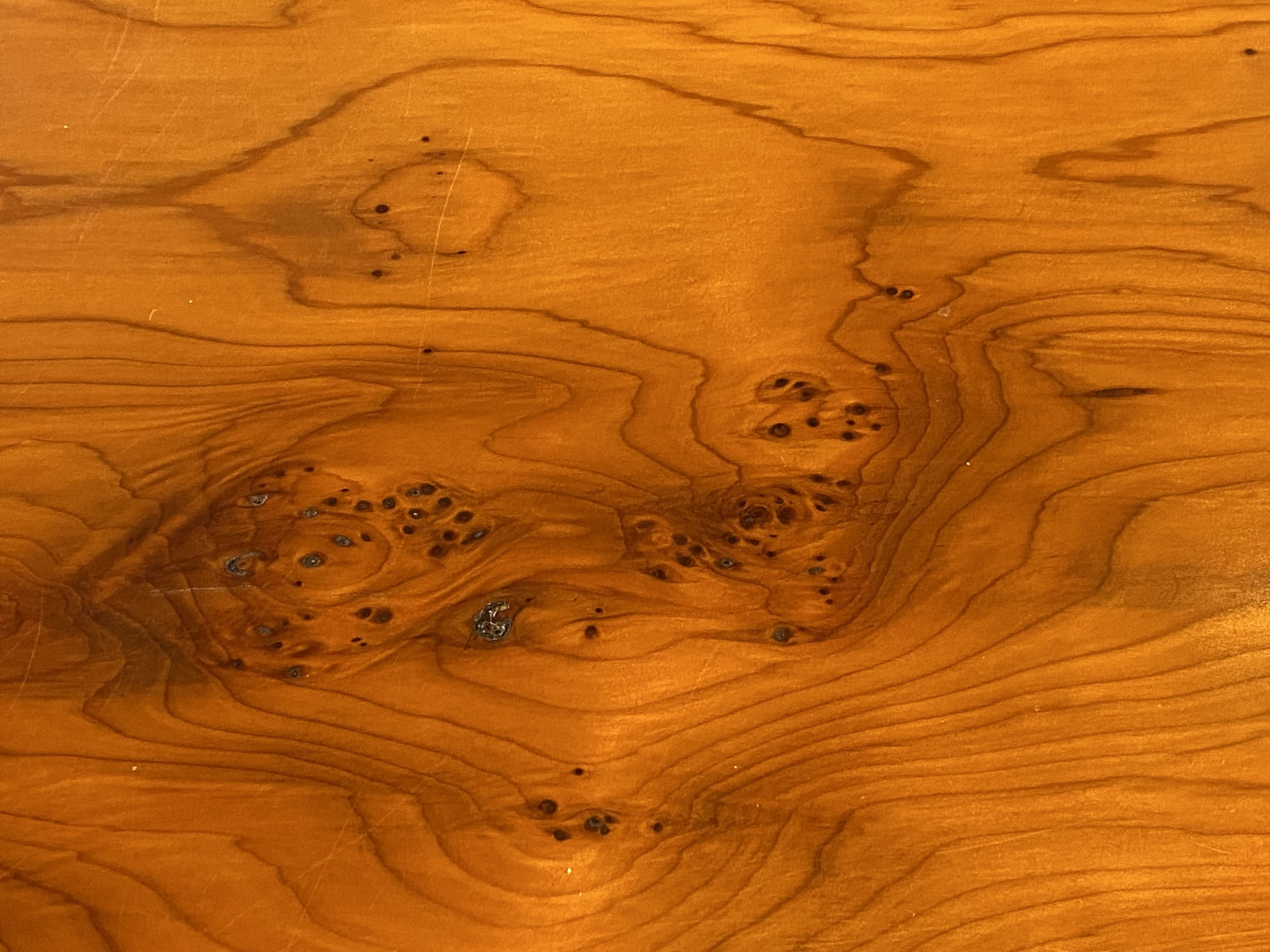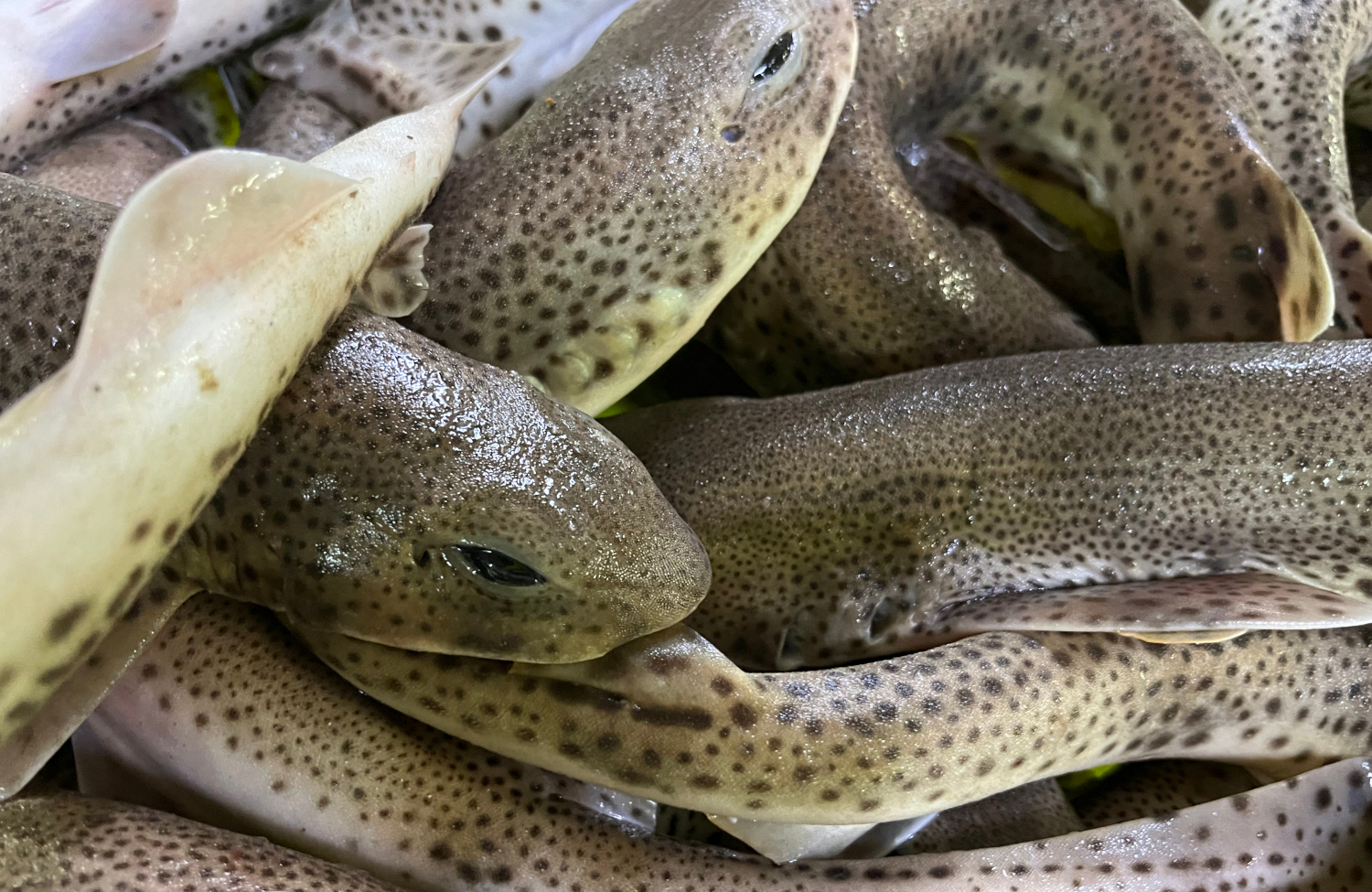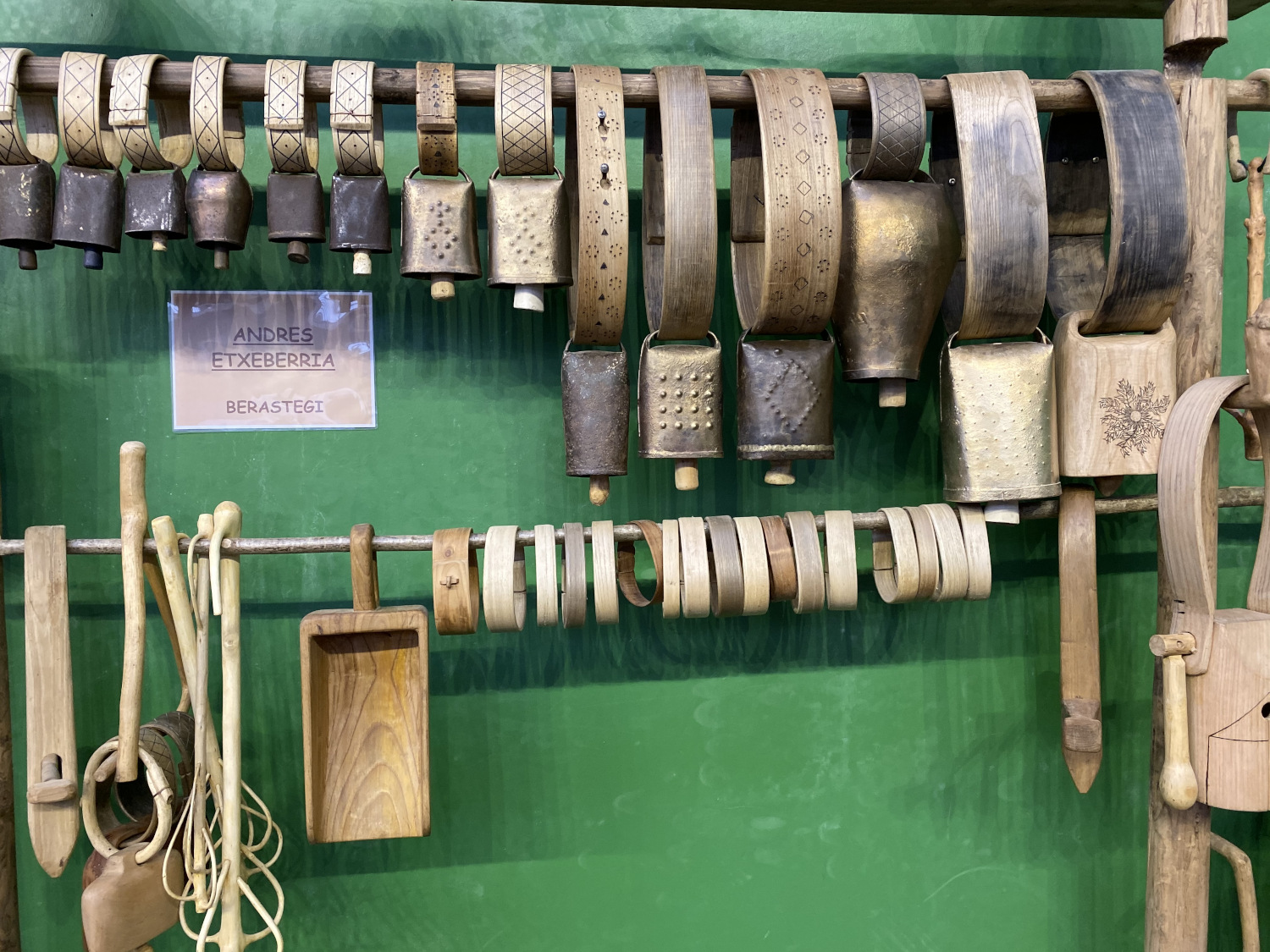flower that connects fire
- It is able to make the wood flourish. It transforms wood into flowers, whether they are carpenters, carpenters, woodworkers, wood lancers, mayasturians, benuzers or menuzers, wood decorators, wood makers, carpenters, carpenters, carpenters, carpenters or carpenters.

He will work in carpentry, carpentry, carpentry, carpentry or carpentry in carpentry. When the carpenter gently rests his scratching on the box of art (Quercus ilex) and rests on the wood, he takes a little deeper breath and exerts a slight thrust on the piece that the shark has previously slightly refined, he will carry it finely to what the length of his arms gives him; in the time the tongue of the scratching, with the sharpening of the sharpening, will germinate the leaf of wood, very thin almost transparent, winding it up in the air. In the carpentry the wood flourishes in the air shredded with sawdust that is illuminated and displayed by the reclining window. This flower of wood is called “clam”, but also “clam”, “chiri”, “chibiri”, “chintín”, “spool”, “txirripizta”, “bonbona”, “curly”, “zircil”, “zirripil”, “xirringil” and “zirringil”; if the flowers are small, they are “chosquinas”, “chuchucchinas” or “churrustas” and if they are large, they are “churrustas”. Instead of a closed flower, in some cases a very open or belt-like ribbon is formed, which is then called a ribbon. If the tongues of the scratch are not made, but the tongues of the knife are made, they are cymbals or cymbals. I don’t know what the name of the flower chute with the skin color of the pencil is when the sharpener cuts the petal edge that forms the tip of the pencil. If anyone knew, I'd love to learn.
The fine clam is a suitable item for making a fire, it connects the fire easily, but it goes as it comes, it has a fast flame. The clam or the bonbon’s fire can produce bonbonbonadas, large flames. Gregorio Arrue, in his book Mayetzeco ill of 1888 or Mayetzeco consagrado to Birgina chit santari, presented us with the state of some warm lover.
When the flower is removed from the wood, it becomes wood, it is cultivated; it can be said that it has been clothed. It has been polished with work, at first axes, then axes, crosses, sharks, pinks, cubes and strawberries, which is hand to hand, this hand that will make you notice if you are rubbing the wood in step and peeling it neatly.
When the surface of the wood is transformed into a wood membrane with a sweet and pleasant touch by the refinement of its polishing with faucet tongues, the defects, faults and sinuosities inherent in each wood are axed. These are the carpenter's favorites. These traces that a wood will show will not be detected in another, they are yours and unique. Strange components of this piece of wood that the carpenter will build. Which many people won't even see, but which for some will bring that wood to the height of gold. Singularity, uniqueness, extraordinary excellence, despite, irregular, vital, remarkable, otherness, difference, at least without ranks, these will be all sought by the hand in the woods.
And they shall beautify themselves in the wood, in the wood, in the wood, in the wood, in the wood, in the wood, in the wood, in the wood, in the wood, in the wood, in the wood, in the wood, in the wood, in the wood, in the wood, in the wood, in the wood, in the wood, in the wood, in the wood, in the wood, in the wood, in the wood, in the wood, in the wood, in the wood, in the wood, in the wood, in the wood, in the wood, in the wood. The mistake I like the most is the eyeball, especially the yew (Taxus baccata). And referring to the bird, Birds, published in 1966 by Martin Itziar Aguirre Peralta: As our bird noted in the book, the tick is also known as a “carpenter’s bird”, and the woodpeckers are carpenters: big carpenters, small carpenters, and liver-white carpenters. Not a carpenter but a carpenter.
Pond of Venice, year 452. Prompted by the Huns' invasion, several inhabitants of the interior of the Italian peninsula took temporary refuge in the swampy area. But the Lombard invasions came in a few years, and it would become a permanent home for those immigrants. It was a... [+]




















